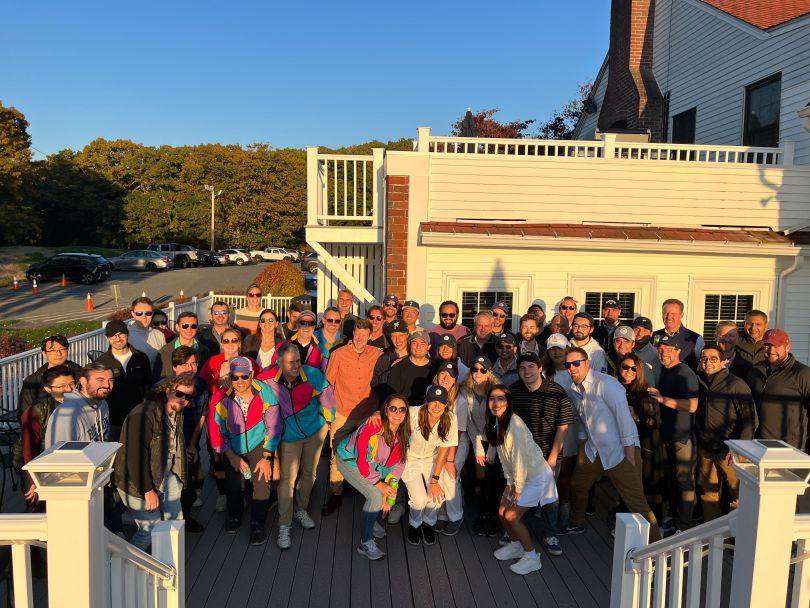Why do customers leave bad reviews?
According to insurance communications platform Hi Marley’s SVP of customer success, Shari McGrath, it’s because they’re invested in your product.
“Customers complain because they see the value in our technology and something is impeding them from getting the most out of the product,” she said.
That disappointment comes from a failure of a product to meet customer expectations — which means that they have expectations in the first place.
The reasoning goes like this: If a customer is dissatisfied enough to leave negative feedback, that means they care enough about the product to want it to be better. The number of customers that are willing to leave reviews at all is staggeringly low — 1.5 percent, according to a 2018 New York Times article — and the overwhelming majority of those reviews are positive. As a result, McGrath sees the customers willing to provide negative feedback as some of Hi Marley’s most important.
“Those vocal customers are some of our best,” she said. “They’re so invested and deeply embedded in our platform that they can identify areas for improvement and see value in bringing them to our attention.”
It’s up to the customer success team to capitalize on that value. By taking regular feedback, communicating with the customer and bringing their concerns to the rest of the team, customer success employees can improve the experience of not just the one vocal customer, but all of the people that use their product.
In her conversation with Built In Boston, McGrath further expanded on the importance of negative feedback — be it reviews, CSAT scores or comments to customer support — and how customer success employees can get into the right mindset and take the right steps to turn that feedback into opportunity.

Imagine you’ve just received a poor CSAT score from a customer. What’s your first action to improve their customer experience?
When a customer provides a poor CSAT score, listening to their perspective and giving them space to expand on their experience is essential. Before I follow up on a poor score, I connect with the internal team that knows the customer — including the sales executive and customer success manager — to ensure I have a full understanding of the customer’s experience to date. I look at the Salesforce history to find out how long they’ve been a customer, how many users they have and which teams are using Hi Marley. I also research the customer contact, their role and more.
The most important thing to do is make every interaction with the customer as frictionless as possible — they should never need to repeat something that we already know, especially when they’re upset. Coming to the conversation with a complete picture of the customer relationship reduces frustration and shows the customer that we care. Spending less time going over basic details allows me to spend more time listening to their perspective, better understanding their experience and uncovering what led to their score and how we can resolve the issue.
How do you train customer success managers to handle situations where a customer may be less-than-satisfied?
Empathy training is a big part of customer success. Learning how to empathize with our customers by putting ourselves in their shoes — getting to know the teams we work with and the hurdles they face — helps us provide better support.
Customer input helps drive a better product. It’s the CSM’s job to understand their customers’ goals, uncover and collect the negative feedback and then partner with the customers and internal resources to drive the resolution that supports their needs and helps them achieve successful outcomes.
With that, it’s important to learn not to take negative feedback personally and realize it isn’t about you as the CSM or your performance. It’s about Hi Marley — something in the technology is not meeting their expectations. Seeing negative feedback as more opportunity to deliver for our customers is at the heart of being a CSM.
Seeing negative feedback as more opportunity to deliver for our customers is at the heart of being a CSM.”
Aside from a stellar product, what are the key pillars of a successful customer satisfaction strategy?
A successful CS strategy must include a voice of the customer (VOC) program that continually pulls in different aspects of the customer's voice and effectively shares that with internal teams. This allows us to take customer feedback and deliver updates that address their issues.
The VOC has several different layers. At Hi Marley, we track in-app CSAT surveys from daily end users, CSMs’ input from operational users and support team insights from real-world product usage to round out the feedback we radiate. Combining all of these allows CS to develop solutions with our product and engineering teams that can benefit all customers. This quarter, we’re adding the net promoter scores of our executive stakeholders, who fund investments in technology and resources, which offers another layer of understanding our customers holistically.
It’s unlikely that issues are isolated to one customer — tracking and sharing insights helps us identify common root problems and resolve multiple issues with possibly one fix. Building a supportive team that views problems as opportunities allows us to not shy away from challenges and constantly improve what we can do to help our customers achieve their goals.







